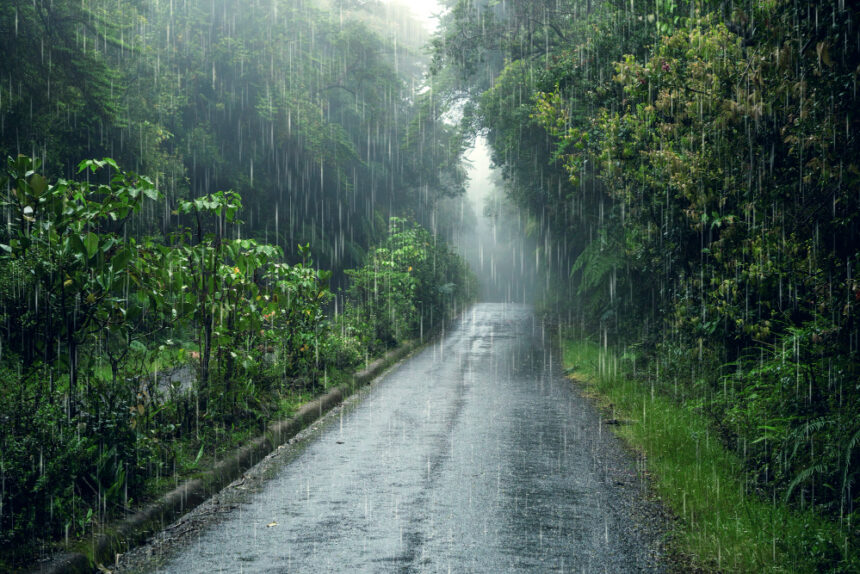The water cycle, often referred to as the hydrological cycle, involves the continuous circulation of water within the Earth’s atmosphere. This cycle is crucial sustaining life, as it affects climate, supports flora and fauna, and molds the landscapes of our planet. Grasping the elements and importance of the water cycle deepens our understanding of the complex interrelationships in nature.
1. Evaporation and Transpiration
The journey of the water cycle starts with evaporation, a process heated by the sun that transforms water from oceans, rivers, and lakes into vapor. Plants also play a role through transpiration, where water drawn up by roots is eventually released into the air from the leaves.
These combined actions contribute a substantial amount of water vapor, which ascends and sets the stage for the next phase of the cycle.
2. Condensation
As the water vapor ascends and cools, it reverts to liquid form in a process called condensation. This leads to the formation of clouds, which consist of small droplets of water or ice crystals. Clouds are vital as they store water that will later fall back to Earth.
Condensation also leads to weather phenomena such as fog, dew, and frost, all of which are integral to local ecosystems.
3. Precipitation
Clouds that gather enough water droplets eventually release them as precipitation, which falls to Earth in various forms like rain, snow, sleet, or hail.
This precipitation is crucial as it replenishes freshwater in rivers, lakes, and underground sources, supporting both human needs and wildlife habitats. Without adequate precipitation, ecosystems would fail to support diverse forms of life.
4. Collection and Infiltration
Following precipitation, water gathers in large bodies such as rivers, lakes, and oceans. Some water also seeps into the earth, refilling aquifers and groundwater supplies that are vital for both terrestrial and aquatic life. This infiltration also provides drinking water for numerous communities.
The collection and infiltration stages are essential for maintaining a steady supply of fresh water, which is crucial for all life forms.
5. Significance for Ecosystems and Climate
The water cycle is integral to regulating the climate and weather patterns of the Earth. It helps distribute heat via processes like evaporation and precipitation, which in turn influence global temperatures and climate conditions.
Moreover, the cycle supports ecosystems by supplying the necessary moisture for plants and maintaining habitats for aquatic species. It also aids in water purification as it filters through various soil and rock layers.
ASH CK

